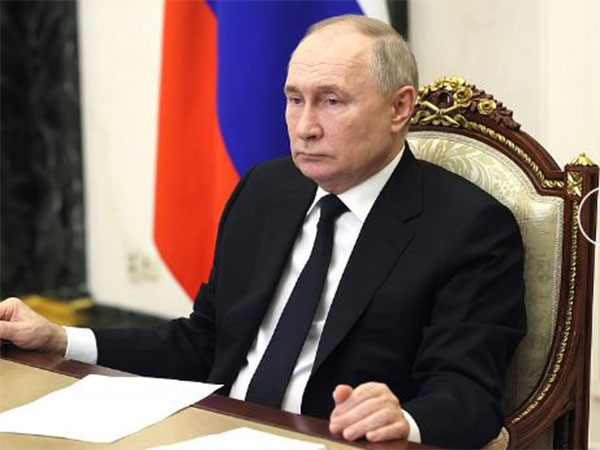
Renewed activity at N. Korea nuclear reactor ‘deeply troubling’, IAEA says

VIENNA/SEOUL (Reuters) -North Korea appears to have restarted a nuclear reactor that is widely believed to have produced plutonium for nuclear weapons, the U.N. atomic watchdog said in an annual report, highlighting the isolated nation’s efforts to expand its arsenal.
The signs of operation at the 5-megawatt (MW) reactor, which is seen as capable of producing weapons-grade plutonium, were the first to be spotted since late 2018, the International Atomic Energy Agency said in its report dated Friday.
“Since early July 2021, there have been indications, including the discharge of cooling water, consistent with the operation,” the IAEA report https://www.iaea.org/sites/default/files/gc/gc65-22.pdf said of the reactor at Yongbyon, a nuclear complex at the heart of North Korea’s nuclear programme.
More plutonium could help North Korea make smaller nuclear weapons to fit on its ballistic missiles, said David Albright, president of the Institute for Science and International Security.
“The bottom line is North Korea wants to improve the number and quality of its nuclear weapons,” he added.
While intelligence on North Korean nuclear weapons is limited, making it impossible to know their number, Albright estimated the country had the capacity to produce material for four to six bombs a year.
The report “underscores the urgent need for dialogue and diplomacy” the White House said on Monday. The United States is continuing to seek dialogue with North Korea to discuss the report and denuclearization of the Korean Peninsula, White House press secretary Jen Psaki said at a news briefing.
The IAEA has had no access to North Korea since Pyongyang expelled its inspectors in 2009. The country subsequently pressed ahead with its nuclear weapons programme and soon resumed nuclear testing. Its last nuclear test was in 2017.
The IAEA now monitors North Korea from afar, largely through satellite imagery.
Commercial satellite imagery shows water discharge, supporting the conclusion that the reactor is running again, said Jenny Town, director of the U.S.-based 38 North project, which monitors North Korea.
“No way to know why the reactor wasn’t operating previously – although work has been ongoing on the water reservoir over the past year to ensure sufficient water for the cooling systems,” she said.
“The timing seems a little strange to me, given the tendency for flooding in coming weeks or months that could affect reactor operations.”
Last year 38 North said floods in August may have damaged pump houses linked to Yongbyon, highlighting how vulnerable the nuclear reactor’s cooling systems are to extreme weather events.
Seasonal rains brought floods in some areas this year, state media have said, but there have been no reports yet of threats to the site, the Yongbyon Nuclear Scientific Research Center.
KEY NUCLEAR SITE
At a 2019 summit in Vietnam with U.S. President Donald Trump, North Korean leader Kim Jong Un offered to dismantle Yongbyon in exchange for relief from a range of international sanctions over nuclear weapons and ballistic missile programmes.
At the time Trump said he rejected the deal because Yongbyon was only one part of the North’s nuclear programme, and was not enough of a concession to warrant loosening so many sanctions.
U.S. President Joe Biden’s administration has said it reached out to the North Koreans to offer talks, but Pyongyang has said it has no interest in negotiating without a change in policy by the United States.
“There has been no agreement governing these facilities for a long time now,” said Joshua Pollack, a researcher at the James Martin Center for Nonproliferation Studies (CNS).
In June, the IAEA flagged indications of possible reprocessing work at Yongbyon to separate plutonium from spent reactor fuel that could be used in nuclear weapons.
In Friday’s report, the agency said the five-month duration of that apparent work, from mid-February to early July, suggested a full batch of spent fuel was handled, in contrast to the shorter time needed for waste treatment or maintenance.
“The new indications of the operation of the 5MW(e) reactor and the radiochemical (reprocessing) laboratory are deeply troubling,” it said in the report, which was issued without notice.
There were also indications of mining and concentration activities at a uranium mine and plant at Pyongsan, and activity at a suspected covert enrichment facility in Kangson, it added.
It is a safe bet that North Korea intends any newly separated plutonium for weapons, Pollack said, adding that in a speech this year Kim gave a long list of advanced weapons under development, including more nuclear bombs.
“North Korea’s appetite for warheads is not yet sated, it seems.”
(Reporting by Francois Murphy in Vienna and Josh Smith in Seoul; Additional reporting by Doina Chiacu in Washington; Editing by Peter Cooney, Clarence Fernandez, William Maclean)

















POST COMMENTS (0)